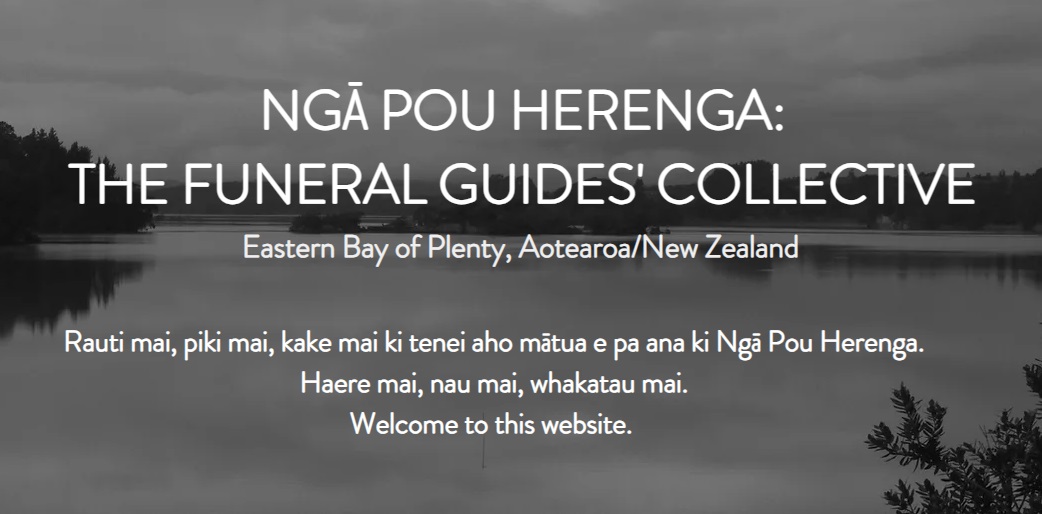Te Ao Māori
Māori believe that a person’s spirit continues to exist after death and that the deceased will always be a part of the marae (traditional meeting place).
Once someone has died they will go to the spirit world. For Māori, Te Rerenga Wairua (Cape Reinga) is the most spiritually significant place in New Zealand. It is here that after death, all Māori spirits travel up the coast and over the wind-swept vista to the pohutukawa tree on the headland of Te Rerenga Wairua. They descend into the underworld (reinga) by sliding down a root into the sea below. The spirits then travel underwater to the Three Kings Islands where they climb out onto Ohaua, the highest point of the islands and bid their last farewell before returning to the land of their ancestors, Hawaiiki-A-Nui.
Learn more about Māori beliefs and customs around tangihanga.
Preparing for death
For Māori, it is important to see the person before they die if possible so friends and family will visit the person to pray and provide support.
The body
Depending on the iwi the deceased person belongs to, customs followed when someone dies may differ slightly. The ceremony of tuku will be carried out to free the spirit from the body. The body will be prepared by whānau. The deceased will be dressed in formal clothing, perhaps in traditional Māori garments as per their wishes. It is important that the body not be left alone at any time until burial takes place. The body will be taken to the marae where a karanga is performed welcoming the spirit and the body onto the marae. Family and friends (whānau) pay their respects and share their grief openly and loudly.
Tangihanga (funeral)
The night before the burial, whānau gather to sing songs to remember the deceased. At the farewell, speeches take place as well as a eulogy by a close family member. After the farewell, mourners wash their hands and share kai (food). After the meal, a karakia (invocation) is held, followed by story telling about the deceased and singing. A group of mourners will remain at the marae to remove the tapu (sanctity) from where the body lay.
Burial
In most cases, the body is buried rather than cremated so it can be returned to Papatūānuku (mother earth). There will be a short karakia and which members of the deceased’s immediate family will be present for.
After death
Once the burial has taken place, whānau are welcomed back onto the marae and everybody gathers for a large feast. The family’s house is then blessed to make sure the spirit of the deceased does not linger in it. Māori believe the dead should be remembered and respected so the family will regularly visit the grave site.
Share your experience
From your experience, is there other information that would be relevant to include on this page? Please email us.
The greenery or pare kawakawa worn around the head as a wreath during tangihanga is a symbol of the tangi.
Planning support
Tuhi Stationery have created an Excel Sheet to support a tangihanga. This template is a linked Microsoft Excel Workbook, that will help you to keep track of Koha received, expenses, non cash koha, and support received during a tangihanga.
Expressing condolences in te reo Māori
- Arohanui – Lots of love
- E ngākau aroha ana – My heartfelt condolences to you
- Kua hinga te tōtara o Te Waonui a Tāne – A mighty Totara tree from the forest of Tane has fallen
- Ka nui taku aroha – I love you lots

